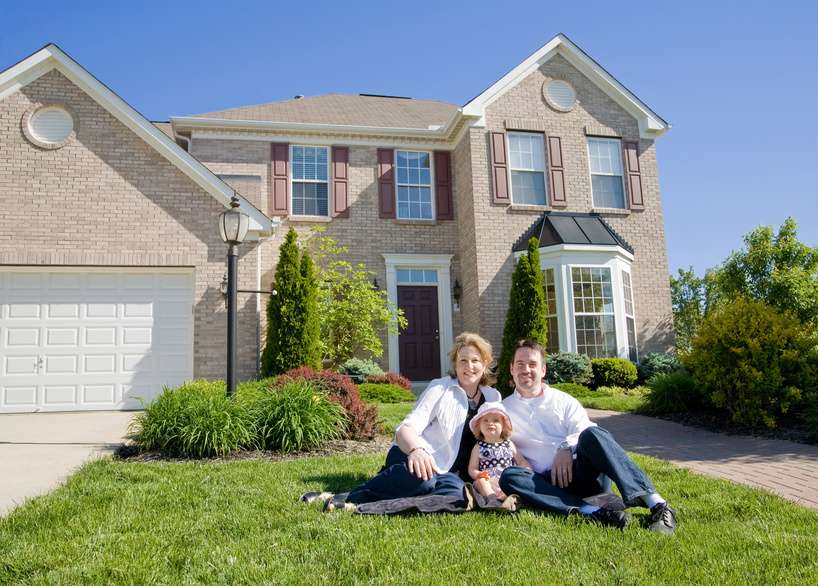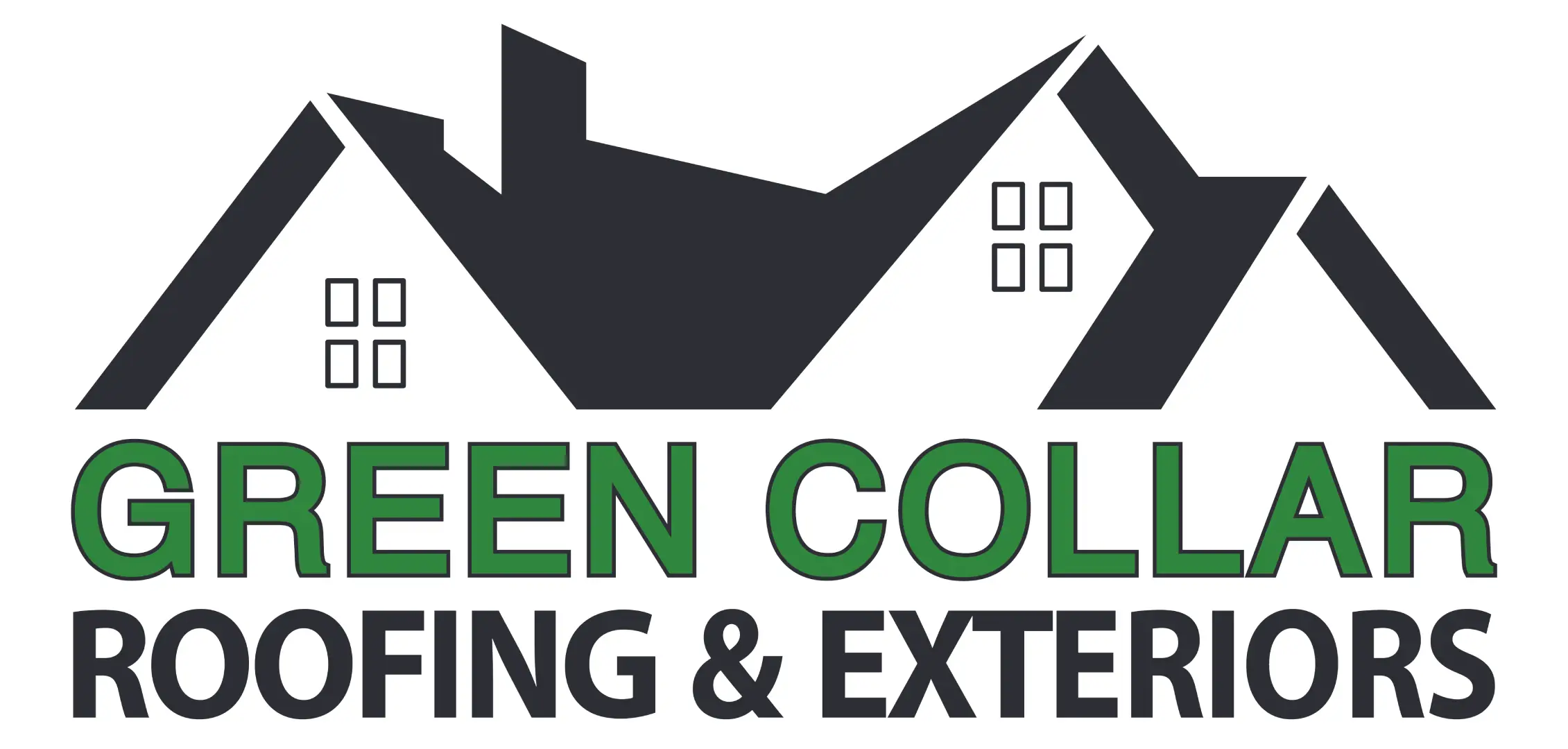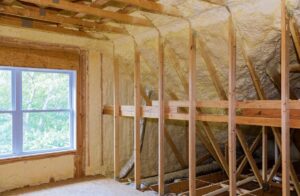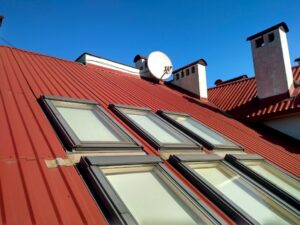By David Cohen, Green Collar Roofing & Exteriors.
Whether you’re a homeowner looking to replace or repair your roof, or you’re a first-time home buyer trying to understand the basics of roofing, this guide will help you navigate the world of residential roofing. We’ve put together a comprehensive list of roofing terminology that will come in handy when discussing your roofing needs with a contractor or when doing your own research. By the end of this guide, you’ll be well-versed in the language of roofing.
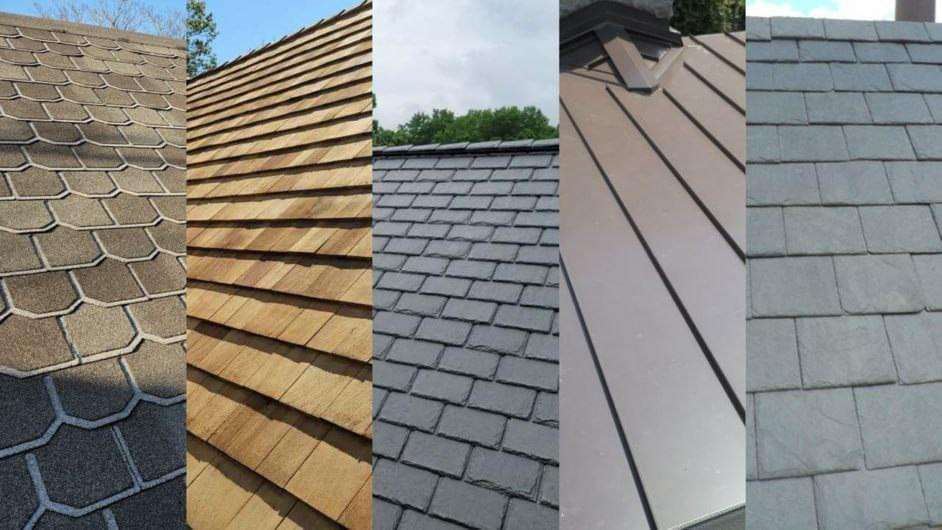
Roofing Materials
What are Asphalt Shingles?
Asphalt shingles are the most common roofing material in North America. They are made from a base of either organic felt or fiberglass, coated with asphalt and topped with granules that protect the shingles from UV rays and other weather-related damage. They come in a variety of colors and styles, including 3-tab, architectural, and premium shingles.
What is Metal Roofing?
Metal roofing is a popular choice for its durability, energy efficiency, and low maintenance requirements. It is available in various materials like steel, aluminum, copper, and zinc, and comes in a wide range of colors and styles. Metal roofing can be installed in standing seam, corrugated, or metal shingle formats.
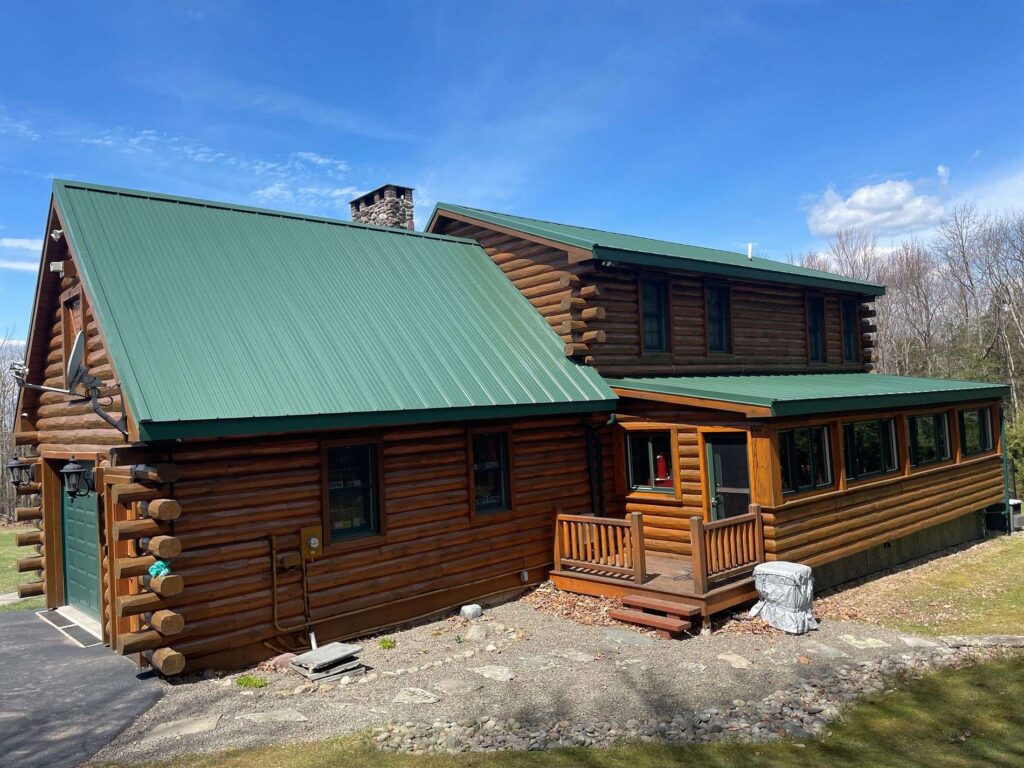
What are Wood Shingles and Shakes?
Wood shingles and shakes are made from natural materials like cedar or redwood. Shingles are machine-cut and have a smooth, uniform appearance, while shakes are hand-split and have a more rustic, rough-hewn look. Wood roofing offers a unique, natural appearance but requires more maintenance than other materials.
What is Tile Roofing?
Tile roofing, made from clay or concrete, is a durable and long-lasting option often found in Mediterranean, Spanish, or Southwestern-style homes. It is available in various shapes, colors, and finishes, making it a versatile choice for homeowners looking to add a touch of elegance to their property.
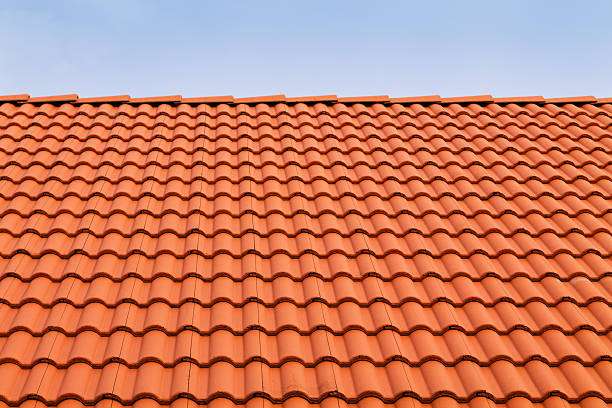
Roofing Components
What is Decking?
The decking, also known as sheathing, is the base layer of the roof. It is typically made from plywood or oriented strand board (OSB) and provides a flat, solid surface for the roofing materials to be installed on.
What is Underlayment
Underlayment is a protective layer installed between the decking and the roofing material. It is commonly made of felt, synthetic materials, or rubberized asphalt and provides additional protection against water infiltration, wind, and ice dams.
What is Flashing?
Flashing is a crucial component that prevents water from entering your home. It is made from metal, rubber, or plastic and is installed around roof penetrations like chimneys, vents, and valleys, as well as along the edges of the roof.
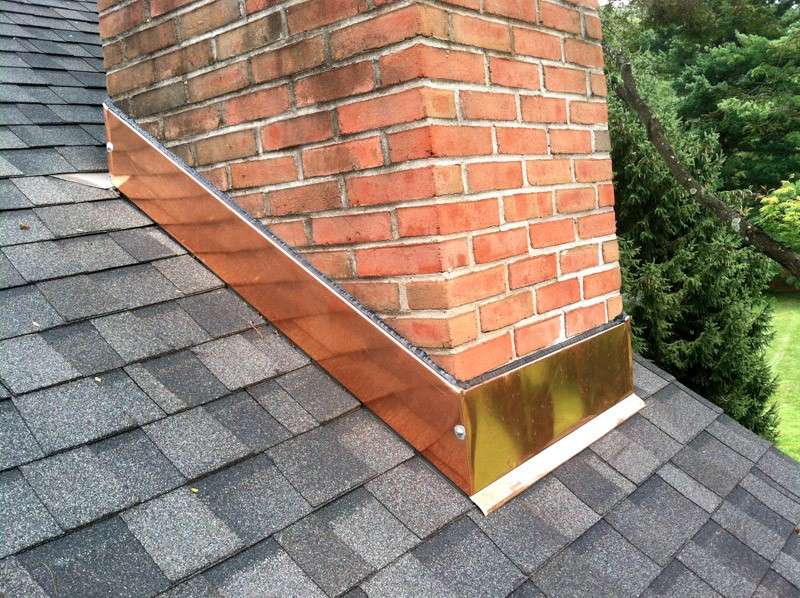
What is Drip Edge?
The drip edge is a metal strip installed along the eaves and rakes of the roof to protect the underlying materials and direct water away from the fascia, preventing damage to the structure.
What is a Ridge Vent?
A ridge vent is a type of ventilation system installed at the peak of a sloped roof. It allows hot air and moisture to escape from the attic, reducing energy costs and prolonging the life of your roofing materials.
What is Ice and Water Shield?
Ice and water shield is a type of underlayment specifically designed to prevent ice dams and water infiltration in vulnerable areas like eaves, valleys, and around roof penetrations.
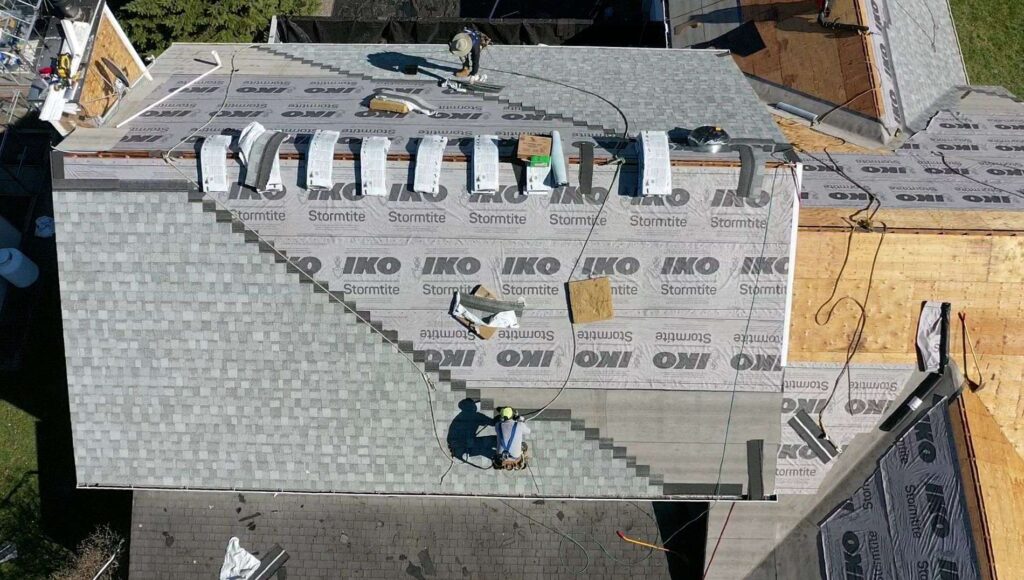
Roofing Structures
What is a Gable Roof?
A gable roof is a common roofing structure that features two sloping sides that meet at a central ridge, forming a triangular shape on the ends of the house. This type of roof is simple to construct, sheds water effectively, and allows for ample attic space.
What is a Hip Roof?
A hip roof has four sloping sides that meet at the top to form a ridge. This roofing structure offers increased stability and better wind resistance compared to gable roofs, making it a popular choice in areas prone to high winds or hurricanes.
What is a Mansard Roof?
A mansard roof, also known as a French roof, features four steep, double-pitched sides that create additional living space in the attic or top floor. This roofing style is commonly found in historic or European-inspired architecture.
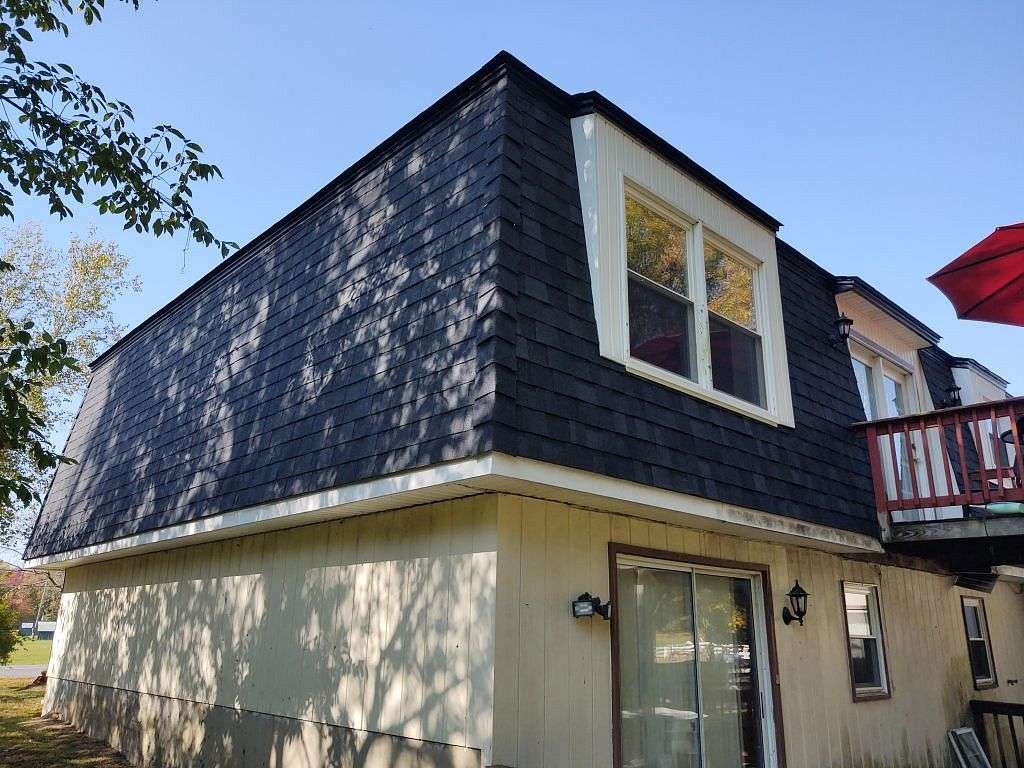
What is a Flat Roof?
A flat roof, as the name suggests, is a roof with a very slight pitch, usually no more than a few degrees. Flat roofs are common in modern or commercial buildings and require special materials and drainage systems to prevent water pooling and leaks.
What is a Shed Roof?
A shed roof, also known as a skillion roof or lean-to roof, is a single sloping roof that typically slopes downward from a taller wall to a shorter wall. This roofing style is often used for home additions, porches, or as a minimalist architectural feature.
Roofing Terms
What is a Eave?
The eave is the edge of the roof that extends beyond the exterior wall, providing protection from water runoff and shading for windows.
What is a Rake?
The rake refers to the sloping edge of a gable roof that runs from the eave to the ridge.
What is a Valley
A valley is the angled intersection of two roof planes, where water runoff collects and is channeled off the roof.

What are Dormers?
A dormer is a small structure that projects from a sloped roof, typically containing a window. Dormers are used to provide additional light, ventilation, or living space in the attic or top floor.
What is a Cricket?
A cricket, or saddle, is a small, peaked structure built behind a chimney or other roof penetration to divert water and snow away, preventing pooling and leaks.
Understanding residential roofing terminology is essential for homeowners to make informed decisions about their roofing needs. This guide has covered the basics, from roofing materials and components to different roofing structures and key terms. By familiarizing yourself with these terms, you’ll be better equipped to discuss your roofing project with a contractor or tackle your own research.
